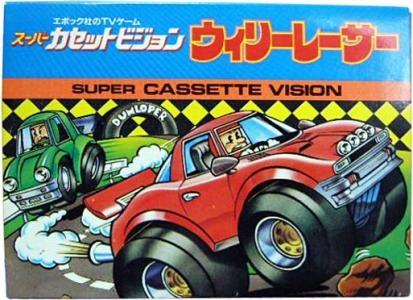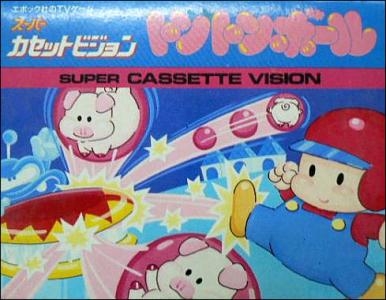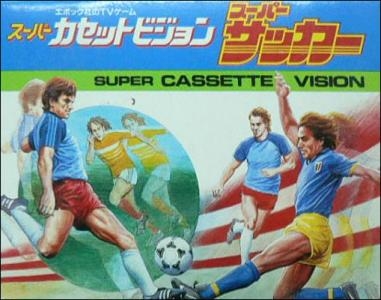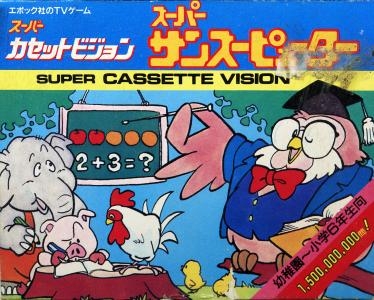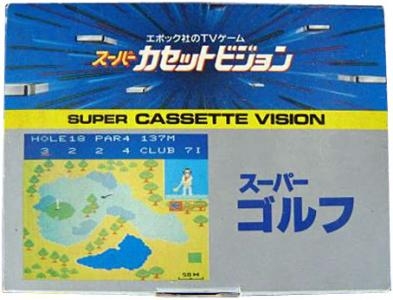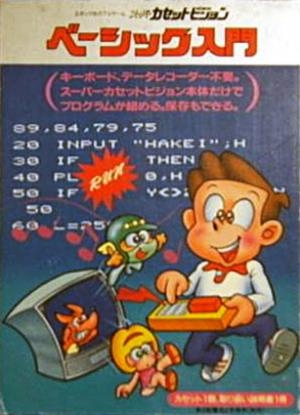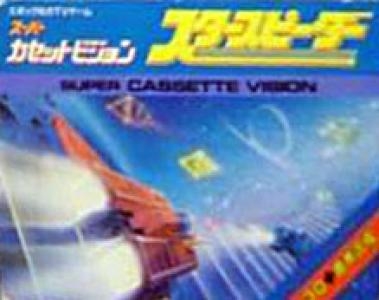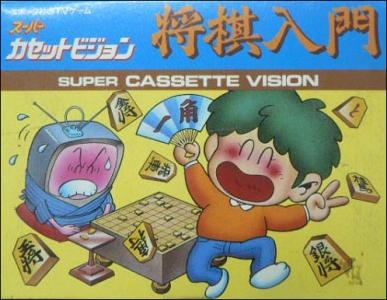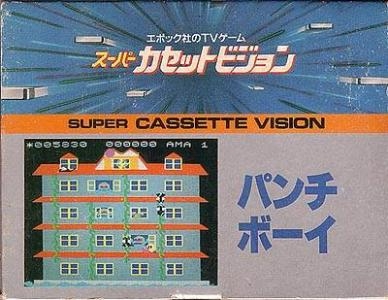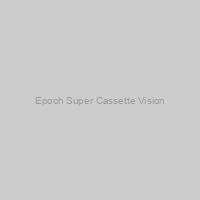
Epoch Super Cassette Vision
Epoch Super Cassette Vision Specifications
| Manufacturer: | Epoch Co. |
| Developer: | Epoch Co. |
| CPU: | 8-bit NEC µPD7801G |
| Memory: | 128 bytes RAM, 4KB VRAM |
| Graphics: | EPOCH TV-1 |
| Sound: | µPD1771C @ 6 MHz |
| Medium: | ROM cartridge |
| Display: | 309×246 resolution, 16 colors, 128 on-screen sprites |
The Cassette Vision (Japanese: カセットビジョン) is a home video game console made by Epoch Co. and released in Japan on July 30, 1981. There is also a remodel called the Cassette Vision Jr.
The terms cassette, and more commonly tape, are contemporary synonyms for ROM cartridge, not to be confused with the magnetic cassette tape format. In terms of power, it is comparable to the Atari 2600. The Cassette Vision has unusual controls: four knobs built into the console itself, two for each player (one for horizontal, one for vertical); plus two buttons per player.
The system originally retailed for 13,500 yen, with games priced at 4,000. Though the Cassette Vision was not a high seller, it received a successor called the Super Cassette Vision (スーパーカセットビジョン Sūpā Kasetto Bijon). As a 1984 machine, it is more comparable to the likes of the Family Computer and the Atari 7800. The SCV was also sold in Europe, but with little known success. The Super Lady Cassette Vision, a version of the Super Cassette Vision that was aimed at a female market, was released exclusively in Japan. While the specs were exactly the same the plastic was a pink color and included a carrying case and the "Milky Princess" game.
Epoch's original Cassette Vision was introduced in Japan by Epoch in 1981, which had steady sales and took over 70% of the Japanese home console market at the time, with around 400,000 units sold. However, the introduction of next-generation systems from Nintendo, Casio and Sega quickly pushed back the original Cassette Vision, leading Epoch to quickly develop a successor. The Super Cassette Vision was released in 1984 at a cost of ¥14,800 yen, featuring an 8-bit processor and better performance more in line with its competitors. It was later released in France by ITMC under the Yeno branding. At least 16 games were brought over from Japan for a European release. A version of the system targeted the young female market, the Super Lady Cassette Vision. The console came packed in a pink carrying case, alongside the game Milky Princess. The system did not take off, and was unable to match the massive popularity of the Nintendo Famicom, leading Epoch to drop out of the console market by 1987.
Latest on Epoch Super Cassette Vision
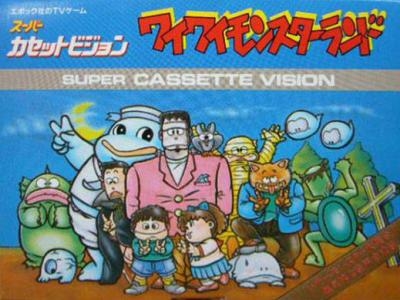
Wai Wai Monster Land
Wai Wai Monster Land is an Action game, developed and published by Epoch, which was released in Japan in 1986.
